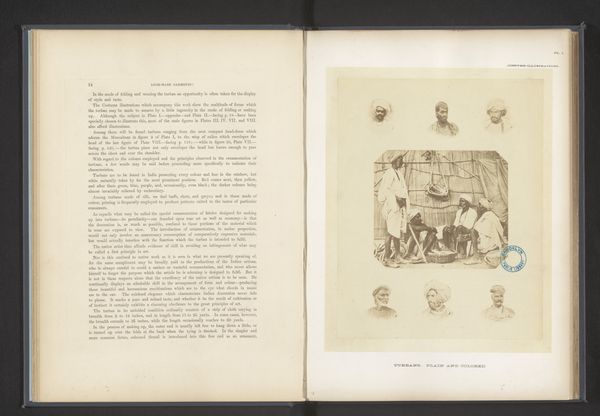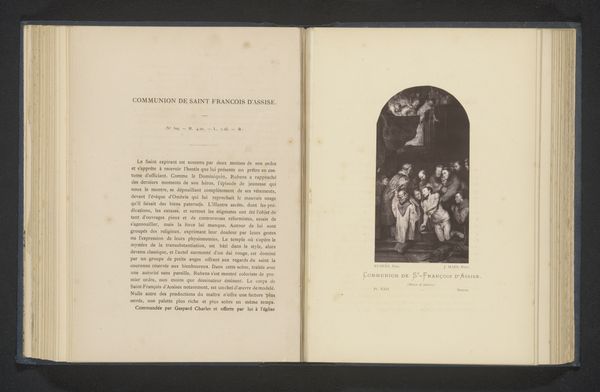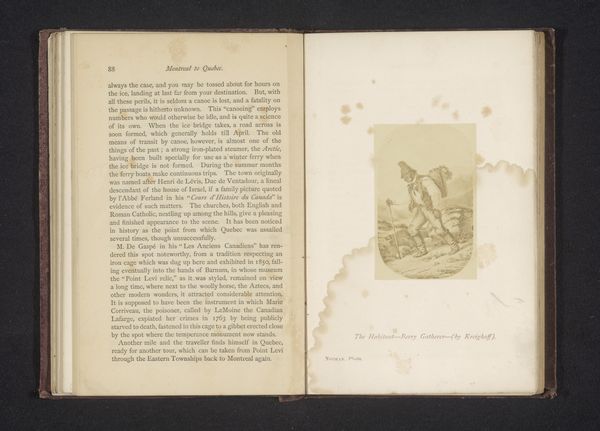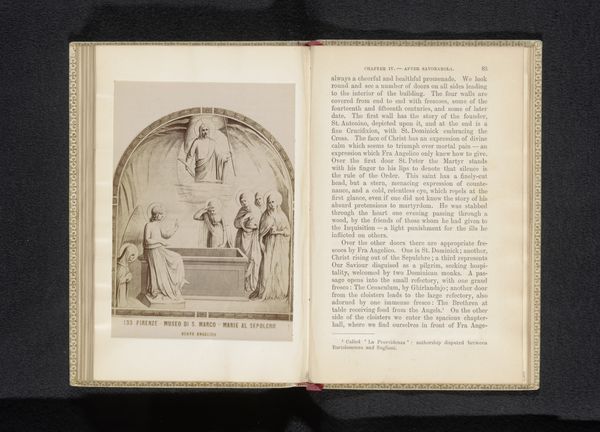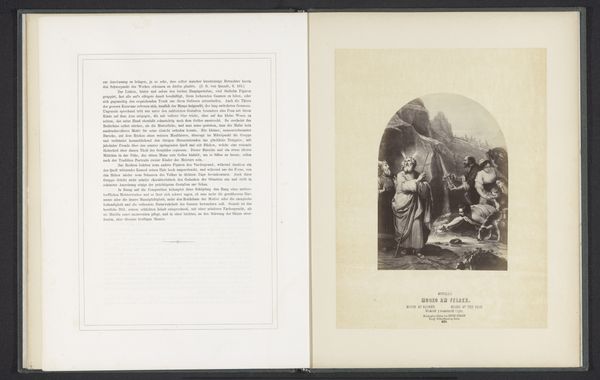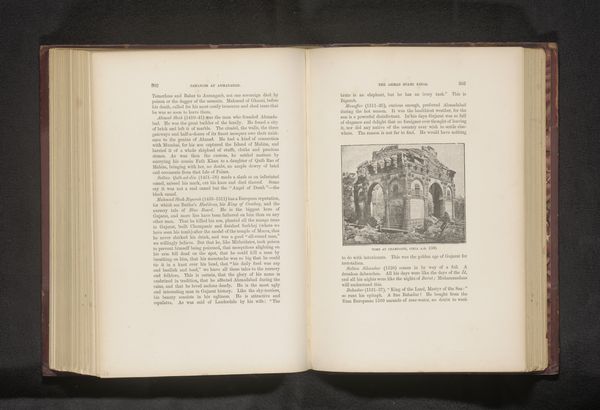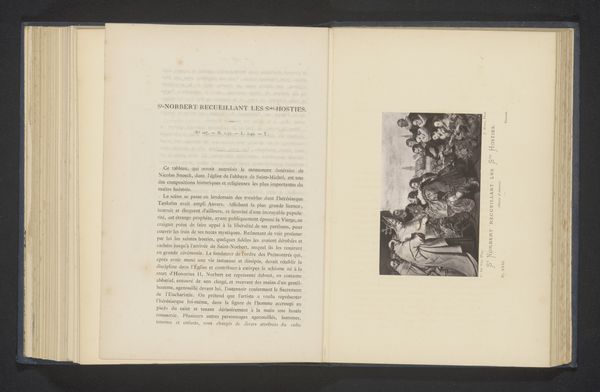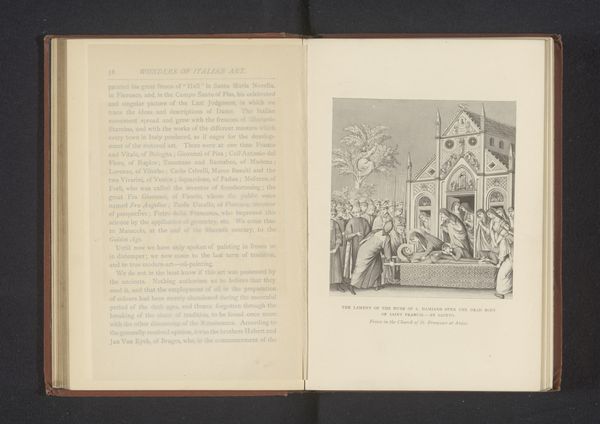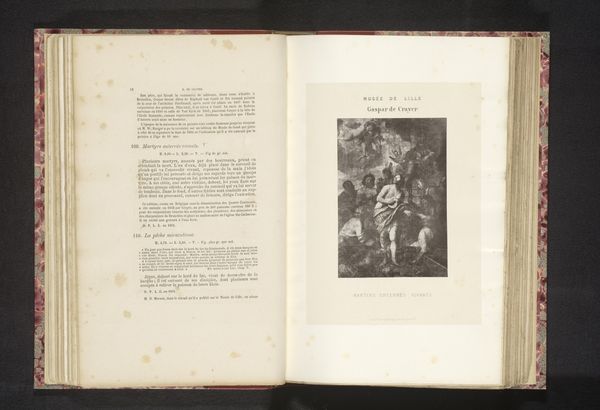
Verzameling portretten en een gezelschap van Indiase mannen ter illustratie van verschillende mannenkleding before 1866
0:00
0:00
print, photography
#
portrait
# print
#
figuration
#
photography
#
orientalism
Dimensions: height 260 mm, width 205 mm
Copyright: Rijks Museum: Open Domain
Curator: This print, "Verzameling portretten en een gezelschap van Indiase mannen ter illustratie van verschillende mannenkleding," pre-dates 1866, and it appears to be from an anonymous hand. It presents, quite literally, a collection of portraits rendered via photography. Editor: It feels almost like a study sheet, or a fashion plate, though decidedly more ethnographic in its presentation. There’s a striking emphasis on the clothing and varying poses of the men. How would you begin to analyze something like this? Curator: Initially, I am drawn to the deliberate arrangement of these figures. Note the composition – isolated individuals juxtaposed against group settings. It’s not merely a chaotic assembly, but a structured layout designed, perhaps, to categorize. Editor: You mean how the artist carefully selected the placement and relative size of the photographic elements on the page? Curator: Precisely. Observe the varying distances of each figure, the calculated play of light and shadow, the emphasis on textile. It suggests a concern less with individual character, and more with a broader typology of garments, wouldn't you say? Editor: I think so. What does it mean, though, to strip away the personality and focus only on the attire? Curator: The focus then becomes a systematic investigation of forms, an almost scientific deconstruction of how material manifests visually. Can the intrinsic qualities of the medium be read as clues themselves, in a way? The photograph is the original. The print is the copy. Editor: It is very interesting to consider photography this way: as a way to deconstruct appearances rather than to simply record them. Thanks! Curator: Indeed. Looking closely is but the start to revealing larger structures of meaning, as always!
Comments
No comments
Be the first to comment and join the conversation on the ultimate creative platform.
